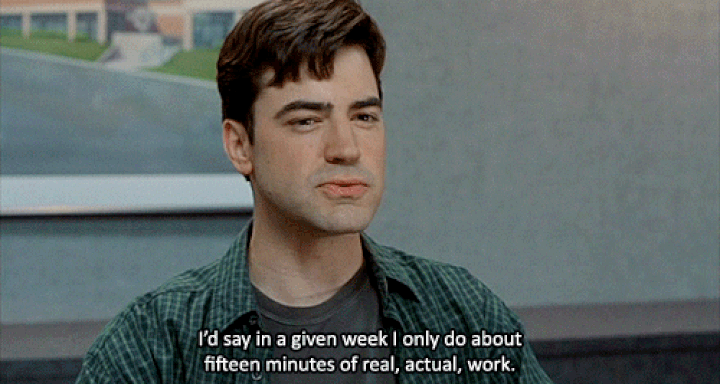After looking at the actual reports and comparing FY22 and FY23 a few things of note...
Revenues
- FY22 actually had more revenue from Ticket Sales - $19.1m vs $15.7m in FY23 - but I assume FY22 covered from the time Prime was hired to the time most season tickets were sold?
- "Contributions" (Donations) - FY22 = $12.7m vs FY23 = $29.3m (+130%)
- Total Operating Revenues - FY22 = $94.8m vs FY23 = $127m (+25%)
Expenses
- Coaching Salaries - FY22 = $16.5m vs FY23 = $19.2m
- Support Staff/Admin - FY22 = $18.2m vs FY23 = $22.6m
- Recruiting - FY22 = $1.2m vs FY23 = $1.5m
- Athletic Facilities Debt Service - FY22 = $7.2m vs FY23 = $28.7m
- Total Operating Expenses - FY22 = $95.9m vs FY23 = $136.1m (+29%)
Other Notes
- Football only donations were essentially equal, but general AD donations increased from $5.3m in FY22 to $21.3m in FY23
- Football Only Recruiting - FY22 = $770k vs FY23 = 983k
- Total FOOTBALL Operating Revenue - FY22 = $49.1m vs FY23 = $50.0m
- Total FOOTBALL Operating Expenses - FY22 = $25.5m vs FY23 = $34.9m
- Total FOOTBALL Operating Profit - FY22 = $23.5m vs FY23 = $15m
Obviously, some things are a little misleading because FY22 has to cover a good portion of "Prime Effect" revenue in ticket sales. There is also a $6m difference in "Severance" payments (fired coaches I assume) expense from 22 to 23, football coaching salaries increased by $2m, and football support staff increase by $1.3m.

 cubuffs.com
cubuffs.com
Revenues
- FY22 actually had more revenue from Ticket Sales - $19.1m vs $15.7m in FY23 - but I assume FY22 covered from the time Prime was hired to the time most season tickets were sold?
- "Contributions" (Donations) - FY22 = $12.7m vs FY23 = $29.3m (+130%)
- Total Operating Revenues - FY22 = $94.8m vs FY23 = $127m (+25%)
Expenses
- Coaching Salaries - FY22 = $16.5m vs FY23 = $19.2m
- Support Staff/Admin - FY22 = $18.2m vs FY23 = $22.6m
- Recruiting - FY22 = $1.2m vs FY23 = $1.5m
- Athletic Facilities Debt Service - FY22 = $7.2m vs FY23 = $28.7m
- Total Operating Expenses - FY22 = $95.9m vs FY23 = $136.1m (+29%)
Other Notes
- Football only donations were essentially equal, but general AD donations increased from $5.3m in FY22 to $21.3m in FY23
- Football Only Recruiting - FY22 = $770k vs FY23 = 983k
- Total FOOTBALL Operating Revenue - FY22 = $49.1m vs FY23 = $50.0m
- Total FOOTBALL Operating Expenses - FY22 = $25.5m vs FY23 = $34.9m
- Total FOOTBALL Operating Profit - FY22 = $23.5m vs FY23 = $15m
Obviously, some things are a little misleading because FY22 has to cover a good portion of "Prime Effect" revenue in ticket sales. There is also a $6m difference in "Severance" payments (fired coaches I assume) expense from 22 to 23, football coaching salaries increased by $2m, and football support staff increase by $1.3m.

NCAA Financial Reports - University of Colorado Athletics
University of Colorado Athletics NCAA Financial Reports 2024 NCAA Financial Report 2023 NCAA Financial Report 2022 NCAA Financial Report 2021 NCAA Financial ...



